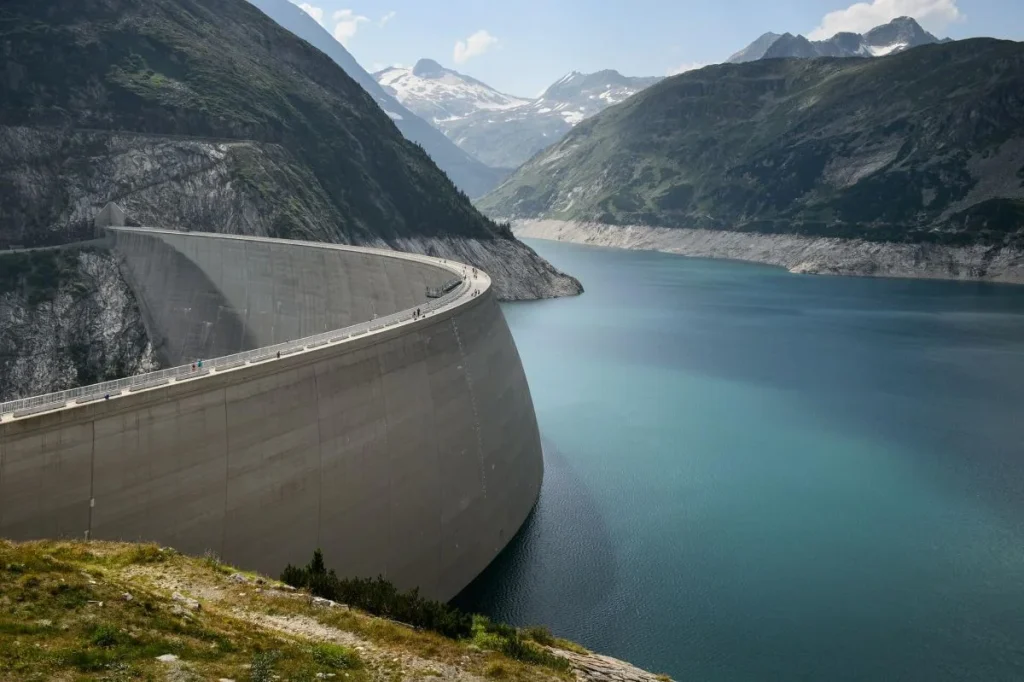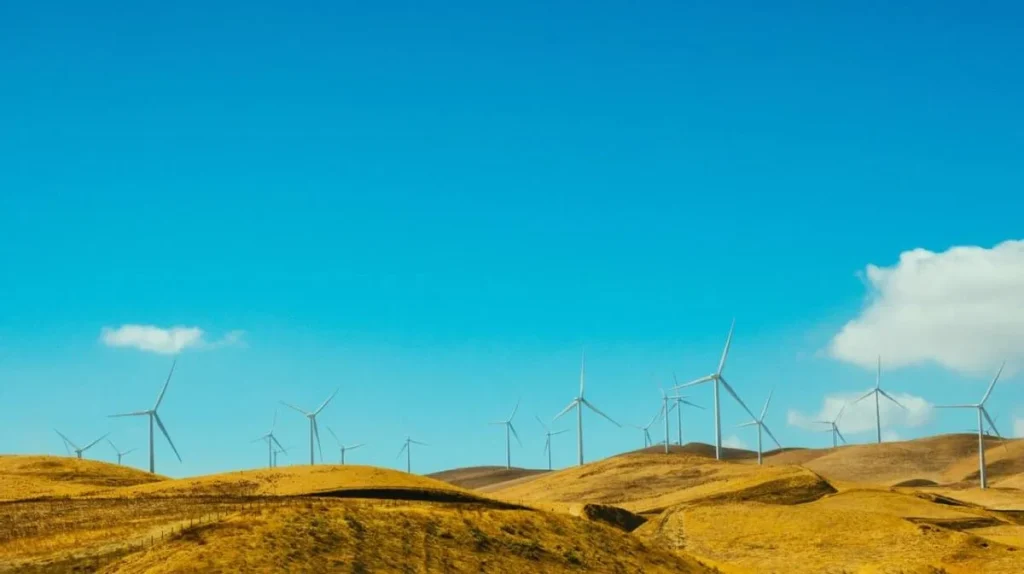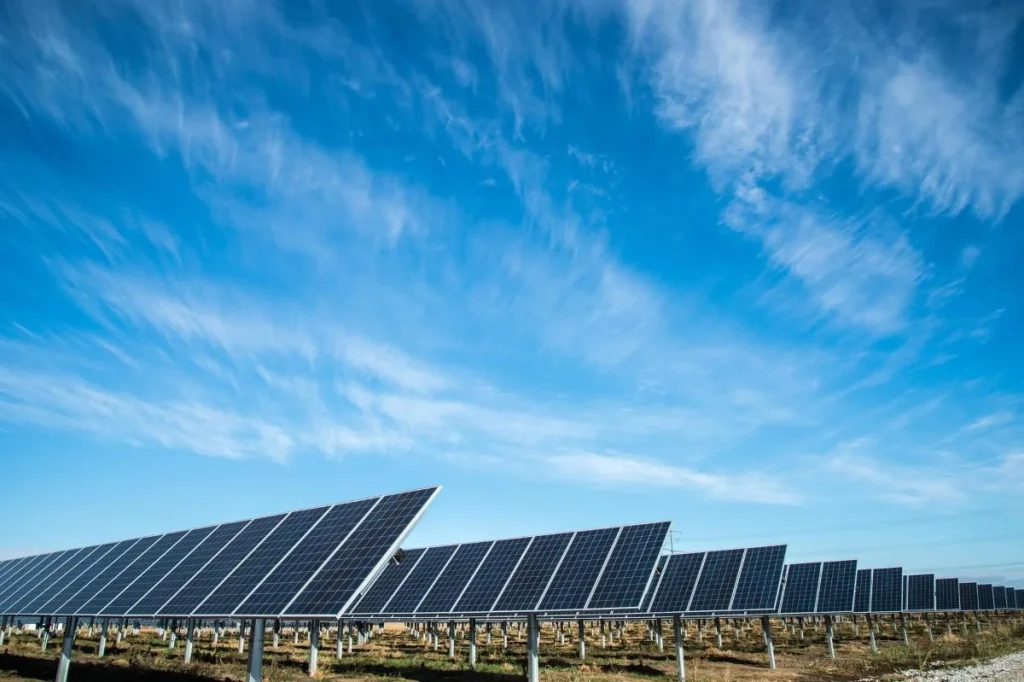The world is warming up, and it has been really difficult to ignore. This may even be the reason why your house and your neighbors in your subdivision in Cavite have fully air-conditioned homes. Climate change is definitely an issue, and carbon footprint is the reason.
So, what is the world doing to fight it?

Government Initiatives to Cut Down Carbon Footprint
Recent news by the Forecast Policy Scenario backed by the United Nations’ Principles for Responsible Investment sees zero-emission vehicles and other renewable energy sources to increase and take off in 2030. This is because of the government policy changes happening around the world.
Moreover, the 2021 United Nations Climate Change Conference (COP26), an event in Glasgow, Scotland that will start on October 31, 2021, to November 12, 2021, is set to note key changes by world leaders and their efforts to address the threat of climate change.
The goal of this conference is to create a global initiative that involves all countries committing to cutting emissions faster than what they are already doing. This event is also important because wealthy countries will discuss the significant boost in financial support to help vulnerable nations to adapt to the impacts of global warming.
Because the Philippines is a tropical archipelago that also has a lot of natural resources, we may present a vast opportunity for investments if the government considers transitioning faster to renewable energy sources.
According to Ken O’Flaherty, the regional ambassador to Asia-Pacific and South Asia of COP26, the Philippines should set a clear policy on the transition to convince private companies to invest in renewable energy in the country. He also said that if we can set a clear goal by 2050 and a detailed plan for future regulation and activity for renewable energy, it can attract a lot of capital for the Philippines.
The transition to renewable energy in our country can mean more power plants and jobs for Filipinos, creating new opportunities for a higher growth rate.

What Is Carbon Footprint?
All this talk about carbon footprint may be confusing, so let us tell you what it is and why it matters.
Carbon footprint is the total amount of carbon dioxide and other greenhouse gas emissions caused by a person, organization, product, event, service, and other factors. How much carbon was released into the environment to make your favorite food? That amount depends on the production choices of all the ingredients in your dish.
For example, you cook a simple Italian carbonara. The basic ingredients are egg yolks, guanciale or bacon, parmesan, olive oil, and packed pasta.
If you bought your eggs at a grocery store, they would have been shipped to the store via a truck that emits about 200,000 kilograms of carbon dioxide. The meat you bought would have been grown on a farm that emits about 6.1 kilograms of carbon dioxide per kilo of pork. On top of that, the processing and shipping the pork has gone through will also account for its carbon footprint.
The list goes on… But… Why should it matter to you?
Well, while you’re happily lounging in your safe and quiet home in a subdivision in Cavite, carbon dioxide and greenhouse gases make climate change worse and worse. It traps heat in our atmosphere instead of releasing it back into space, which then causes extreme weather, respiratory disease from air pollution, and more.
If we stop caring, your kids and their kids will live in a world with an unsustainable environment and will have to suffer the consequences that older generations won’t have to deal with by then because they won’t be here anymore.
Luckily, governments from around the world are all making efforts to “go green” to help reduce carbon footprint.
Unfortunately, according to the International Energy Agency (IEA), while global carbon emissions declined by 5.8% in 2020, it is projected to rebound by almost 5% because of the continuous demand for coal, oil, and gas. This will cause a total of 33 billion tons of energy-related carbon emissions.
Meanwhile, according to the United States Environmental Protection Agency (EPA), the main sources of gas emissions by the economic sector are Transportation (29%), Electricity (25%), and Industry (23%). So, it makes sense that we tackle those main sources, right? Let’s just switch to solar energy and we’ll be fine!
Well, it’s not really that easy.

Most Used Energy Sources Today
According to NS Energy, an independent publication that offers unbiased information about the global energy industry, the top 3 most used sources of energy are oil, coal, and gas. These industries are so big that we can’t really expect the switch to renewable energy to happen overnight.
Oil
In 2015, oil accounted for about 39% of the world’s energy source, and historically, it has been the most used source around the globe. The oil industry has had a lot of backlash because of its unsustainable processing where oil is burned to create electricity. On top of that, oil is limited and is expected to be depleted by 2060. Because of this, the industry had a rise and fall in demand over the years.
In 2020, oil faced its biggest-ever annual decline in demand, as the pandemic hit the travel and transportation industry really hard. This explains why gas or diesel prices were at a low last year compared to this year, making it really tempting to go out of your house in a subdivision in Cavite and just drive around.
However, the demand rebounded in 2021 because of the improving economic environment. The EIA projects that the demand for oil will continue to rise as vaccinations ramp up and travel becomes easier by the day.
Coal
Because of China’s rapid industrialization in the past decade, coal became one of the fastest-growing fossil fuels in the world. They have been the leading coal consumer compared to countries around the world.
However, in 2020, coal also experienced a major demand decline, which was also caused by the pandemic. On top of that, the use of renewable energy increased in a lot of markets, and countries have been switching away from coal, particularly in the United States and European Union.
Meanwhile, this year, coal is strongly bouncing back because of the power sector slowly increasing in demand again. The IEA expects a 4.5% increase in coal demand, pushing it above its demand in 2019. This is because of the increase in coal-fired generation in Asia. Moreover, gas prices are projected to continue to increase, which will lead industries to switch back to coal.
Natural Gas
Natural gas consumption is relatively low compared to oil and coal, even when it emits less waste and toxins, although still not renewable. In this process, natural gas is burned to produce electricity.
Now, while the demand for natural gas normally varies, it is still considered harmful to the environment (also less harmful compared to the first two) because it releases methane into the atmosphere, which is a strong greenhouse gas. Natural gas also emits sulfur dioxide, nitrogen oxides, and carbon monoxide.
In 2020, the demand for natural gas also declined, but it suffered less compared to other fossil fuels. However, recovery for natural gas demand is still fragile according to the IEA, but it is still higher by 1.3% compared to its demand before the pandemic.

Renewable Energy and How It Can Save Us
The continuous demand for unsustainable energy sources has long been harmful to the environment. This begs the question, “Why don’t we just switch to renewable energy?” Well, there are a lot of factors, but let’s first define what renewable energy really is.
Renewable energy is the energy that is produced from sources that are naturally replenishing and are virtually inexhaustible and won’t run out, but it is limited by the amount of energy you can produce every day.
The major types of renewable energy are wind, solar, geothermal, hydropower, and biomass.
Hydropower
Hydropower uses energy from moving water to produce mechanical energy. According to the United States Energy Information Administration (EIA), hydroelectricity accounted for a total of 37% of renewable electricity generation in the US. Unfortunately, hydropower generation decreased over time because of the increase in use from other sources.

Moreover, global warming may have a direct impact on how we produce energy from water because of the drying up of natural bodies of water.
Hydropower relies on the water cycle, and too much heat can cause more evaporation, which can potentially dry up streams and rivers — which are the main sources of hydropower generation. The lower the river discharge, the less electricity a hydroelectric power plant can generate.
Now, how did the pandemic affect hydropower?
According to the IEA, it expects hydropower generation to continue to increase because of the large projects in China. China is already the biggest generator of hydroelectricity in the world, and they also host the world’s largest hydroelectric power plant, the Three Gorges. The country was responsible for 40% of the hydroelectric capacity added into the world.
Other countries like Brazil, Canada, Russia, and the United States also host some of the biggest hydropower generation plants in the world.
Wind Energy
Wind energy is the second-largest source of renewable energy in the world, accounting for 24% of the total renewable energy produced in the world.

Wind energy is fairly simple. Wind occurs because of the uneven heating of the earth’s surface as it spins or orbits the sun. Because of this, the earth absorbs heat at different rates, which affects the daily wind cycle.
According to the EIA, the daily wind cycle involves atmospheric winds that circle the earth, which is created by the hotter side of the planet as it faces the sun. So, during the day, warm air over the land expands and rises, and causes heavier air from the oceans to rush in and take its place. This creates wind.
During the nighttime, the winds are reversed because the air from the land cools faster, so the wind rushes back into the oceans. This explains why in the Philippines, the most popular wind power plant is located in Ilocos Norte, the Burgos Wind Project, which is a privately-owned plant, EDC Burgos Wind Power Corporation.
Wind energy is set for a really large increase in renewable generation, growing by up to 17% this year. This is because of the initiatives by China and the United States, which led to a dramatic increase in generation in early 2021.
Solar Power
Solar power is the fastest-growing renewable energy source in the world, averaging 25% in the last five years since 2020.

Just like wind energy, solar power is also very simple. It uses energy from the sun, which is pretty much the ultimate source of all energy in our solar system. Using solar photovoltaic (PV) systems, solar panels can convert sunlight into electricity. These cells can power an entire house, and solar PV plants can produce electricity for thousands of homes in its vicinity.
Although very popular, solar energy has its fair share of benefits and limitations. According to the EIA, solar energy has two main pros:
1. It doesn’t produce pollutants, carbon dioxide, and other greenhouse gases.
2. Solar energy systems used for buildings have little to no negative effects on the environment.
These are all great and promising, right? Unfortunately, the main limitation of our current solar PVs is the amount of sunlight that hits the panels, as it’s inefficient during the night. On top of that, the amount of sunlight varies on the location, season, and weather conditions.
Moreover, solar PV power plants need a very large surface area to absorb a useful amount of energy.
Engineers are yet to design a solar PV system that can stay efficient, even though the reflected sunlight from the moon. Rest assured, further developments will arise, especially with the increasing support from economic giants in the world.
According to the IEA, China remains to be the largest solar PV producer in the market, but expansions continue in the United States. Brazil and Vietnam are also looking to increase their solar PV applications. Totaling an 18% increase in solar energy use in the world.
Do Your Part in Cutting Down Carbon Footprint
All of these efforts are great and very promising in paving the way for a better future for your children, but remember that this should be an effort done by everyone. While big companies and powerful countries are doing the heavy lifting by looking for other household-benefitting energy sources, you can do your part by doing something as simple as being smart about when and how you drive, taking short showers, and even limiting and recycling the waste in your home.
Related Blog: Lights Off: Conserve Energy


